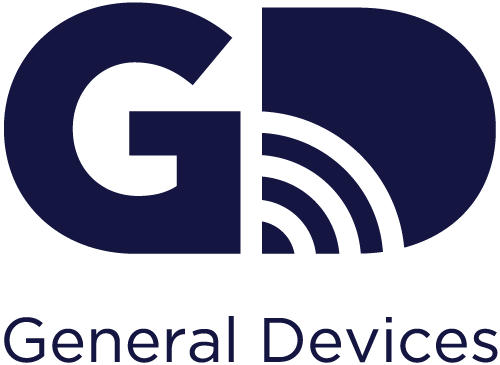Saving Lives in Tucson: Mobile Telehealth Connects Rural EMS to Emergency Physicians
As deputy chief of the Rio Rico Medical and Fire District in Tucson, Arizona, Richard Johnson values the support that telemedicine gives to his emergency medical services (EMS) responders. The district was looking for better ways to decrease the time from symptom onset to treatment. Particularly in rural areas, the immediacy of having live video consultations with emergency department (ED) physicians while in the field can be life-saving.
“The ability for them to contact a physician and, via the technology, hear the medical recommendation is a great comfort to me as a supervisor, knowing that my personnel are supported to that extent regardless of their location,” he says.
In rural areas, healthcare teams face unique challenges to providing emergency care. One of the most life-threatening is the distance from the patient to the hospital, which can slow down time to treatment by emergency physicians and stretch EMS capabilities.
The University of Arizona Health Sciences and Banner – University Medical Center Tucson recently launched a prehospital communication pilot project using telehealth to increase productivity, treat patients faster and reduce risk. The Arizona Rural EMS Advanced Telemedicine Demonstration Initiative (AzREADI) is serving two rural EMS agencies: the Rio Rico Fire and Medical District and the Sonoita-Elgin Fire District. Collectively, nearly 20,000 people live in the 792 square miles these agencies cover.
AzREADI uses GD’s e-Bridge Connect to enable this rapid, HIPAA-secure live video communication. While the rural telehealth pilot project uses it primarily for its video capabilities, e-Bridge Connect also allows EMS to send and receive photos, 12-lead data and video clips, and provides alerts and notifications with real-time ETA tracking.
“Having the AzREADI resource available to the crews gives them a very near ‘in-person’ medical support experience,” says Johnson.
Being able to consult with physicians 24/7 in real time through e-Bridge Connect allows EMS and hospitals to:
- Achieve faster time to treatment
- Improve on-site patient care
- Increase productivity
- Prepare hospital thoroughly for patient arrival
- Enhance triage
- Optimize resources
- Transport to alternate destinations to provide the most appropriate care
- Reduce risks and costs
“Connecting to a remote specialist prior to hospital arrival can decrease the time from symptom onset to treatment, which is especially important for stroke or traumatic brain injury, for instance, when ‘time is brain,’” says Dr. Joshua Gaither, Associate Professor and EMS Fellowship Director, UArizona College of Medicine – Tucson’s Department of Emergency Medicine.
Banner – University Medical Center Tucson also uses e-Bridge Connect in the Tucson metro area to help manage COVID-19. As the healthcare industry’s needs continue to rapidly change, GD strives to meet them by creating reliable telehealth solutions that save time and lives.
Read more about AzREADI in News Medical and The University of Arizona Health Science’s Health Science Connect.
To learn about all the ways e-Bridge Connect can improve patient outcomes through rural telemedicine in your community, visit https://general-devices.com/contact-us/.
About GD (General Devices)
Through fully configurable and innovative mobile telehealth solutions, General Devices (GD) strives to provide Responsive Innovation to hospitals, Emergency Medical Services (EMS) and care teams across the United States. Since 1979, GD has been driven to develop creative solutions tailored to the unique needs of our clients, resulting in integrated communications systems that make their life-saving work easier, more efficient and less expensive. Visit https://general-devices.com/ to learn more.


